Clegyr Boia
This rocky hilltop was occupied during the Neolithic period around 3800BC, when there were a number of rectangular houses on the summit. During the Iron Age the hill was fortified and served as a hillfort. A rampart, which can still be seen today, was completed around the hill with an entrance towards the Southwest.

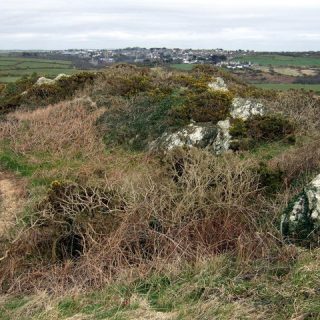
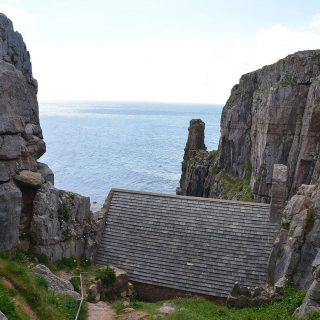
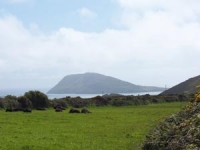
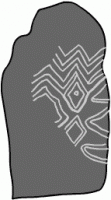
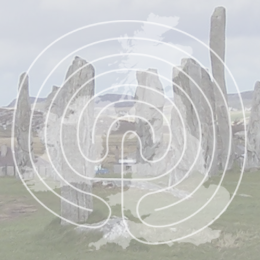
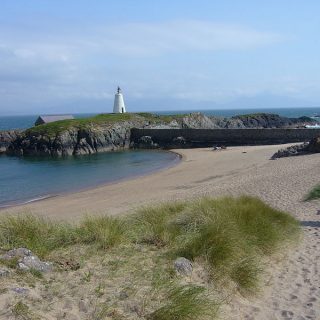
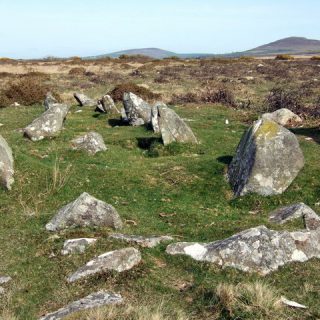
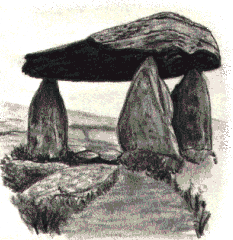
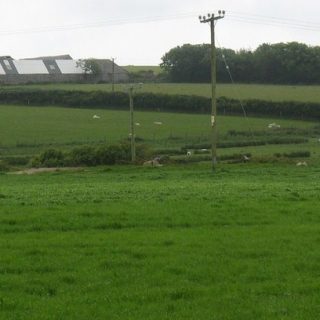
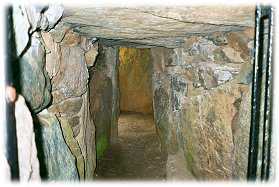
Recent Comments